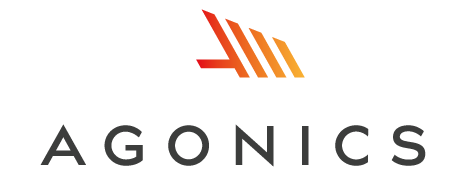Kinematic clearances investigation delivers critical design information for leaky feeder installation on ARTC tunnels
CLIENT
ARTC
LOCATION
New South Wales, Australia
Challenge
DT Infrastructure designs, builds and sustains assets, infrastructure and facilities and is a leader provider of integrated services in Australia and New Zealand.
In order to extend mobile coverage in blackspot areas such as in railway
tunnels, Telstra, Australia’s largest telecommunications business, engaged DT Infrastructure to install what are known as leaky feeder communications cables along the walls of thirteen railway tunnels owned by the Australian Rail Track Corporation (ARTC) in New South Wales, Australia.
Safely spanning the cables along the length of a railway tunnel requires that the air gap between tunnel infrastructure and trains, otherwise known as the kinematic clearance, is not adversely impacted by the new cables and the brackets needed to mount them onto the tunnel wall.
Having learnt of Agonics’ work performing network wide clearances on behalf of ARTC, DT Infrastructure asked the Agonics team for help in performing the necessary clearance assessments to inform the design placement of the new
leaky feeder cables.
Solution
As there was no existing LiDAR data of the tunnels that was suited to a
kinematic clearance analysis, Agonics mobilised an MLS system (Mobile LiDAR Scanning) onto a hyrail vehicle in preparation for recording in the ARTC tunnels.
The MLS system was comprised of core components including a Riegl LiDAR
Scanner, 360-degree digital camera and an advanced GNSS (Global Navigation Satellite System) with inertial sensor technology.
The mobilisation process and subsequent boresight calibration was completed within two days so that on-tracking and data recording could commence on dates already scheduled for planned maintenance works on the corridor.
Following system de-mobilisation, the raw MLS data was processed by
Agonics’ surveyors and the imagery and LiDAR data was then published into XERRA, the Agonics LiDAR processing and analysis software. In this way the datasets were ready for the clearance investigation to proceed.
Using existing tunnel clearance algorithms in XERRA, the Agonics team
generated railheads (gauge points) across the tunnel tracks as the datum for assessing kinematic envelope compliance.
A final report showing infringements into the kinematic envelope was prepared for DT Infrastructure including asset type, location, and the magnitude of the infringement (mm).
Outcome
- FZero OHS near-miss, reportable or incidents
- Successful capture of LiDAR and digital panoramic imagery across all thirteen ARTC tunnels
- Existing railway clearance algorithms in XERRA delivered comprehensive kinematic clearances reports to the DT Infrastructure design team
- Rail strings were also delivered to inform other design activities.

